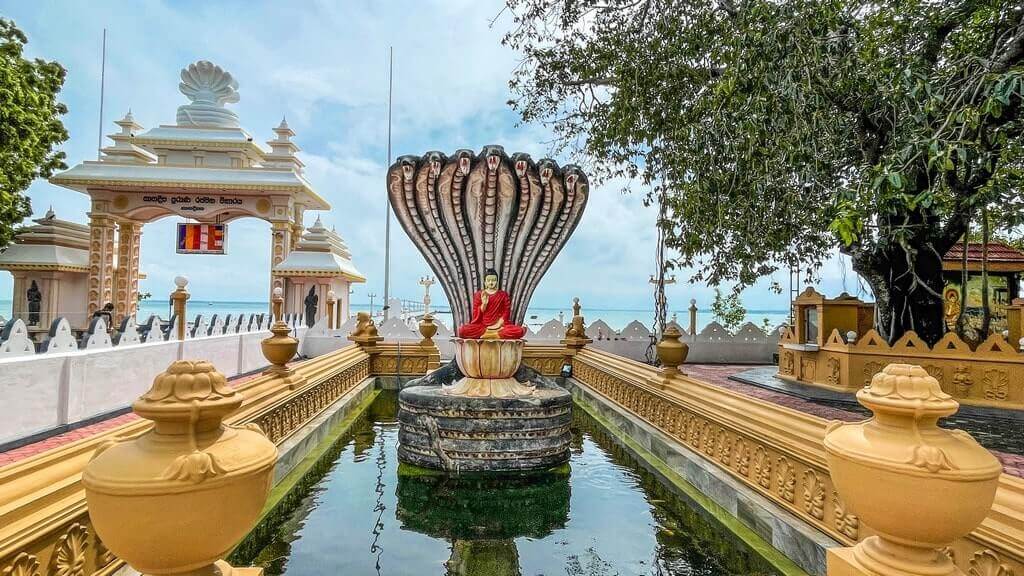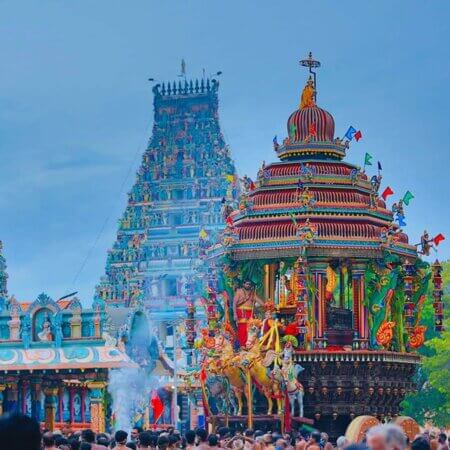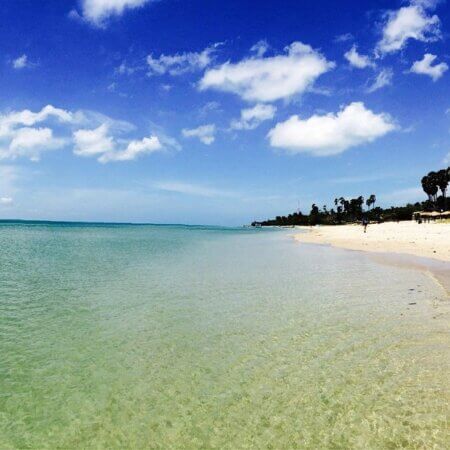Nagadeepa, also known as Nainativu, is a small island located off the northern coast of Sri Lanka. This sacred and historical destination holds immense religious significance for Buddhists, Hindus, and other visitors, offering a tranquil retreat amid its cultural and natural beauty.
Nagadeepa experiences a tropical climate, characterized by warm temperatures throughout the year. The dry season, from November to April, is the most popular time to visit, featuring sunny days and minimal rainfall. The wet season, from May to October, may bring occasional showers, but it also contributes to the lush greenery of the region.
The island is most famous for its historical and religious sites. Nagadeepa is believed to have been visited by Lord Buddha during his second visit to Sri Lanka. The Nagadeepa Viharaya, an ancient Buddhist temple, is a revered pilgrimage site and an embodiment of this historical event. Pilgrims and tourists visit the temple to pay their respects and enjoy the tranquil surroundings.
Nagapooshani Amman Kovil, a Hindu temple dedicated to the goddess Bhadrakali, is another prominent religious site on the island. It attracts devotees and showcases the cultural and religious diversity of the region.
Nagadeepa’s serene environment and captivating coastal beauty make it an ideal place for relaxation and introspection. The island is surrounded by pristine beaches, such as the Casuarina Beach, providing a peaceful setting for swimming and sunbathing.
Nagadeepa’s strategic location near Jaffna makes it a convenient day trip or short getaway for those exploring the northern region of Sri Lanka. The island’s natural beauty and rich historical and religious significance offer a unique opportunity for travelers to immerse themselves in the cultural tapestry of the area.
In summary, Nagadeepa, or Nainativu, is a sacred and historical island that provides a serene escape and a chance to connect with the spirituality and cultural diversity of Sri Lanka’s northern coast. It is a must-visit destination for those seeking both religious and natural experiences.



